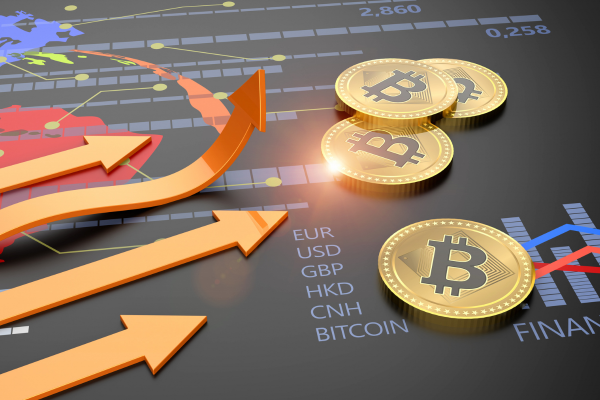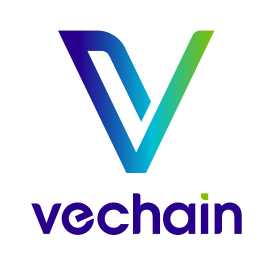
The Growth of Tokenized Real-World Assets and Stablecoins for 2030
Introduction to Tokenized Assets and Stablecoins
Today, the concept of tokenized real-world assets and stablecoins has gained significant traction in the financial sector. Tokenized assets represent tangible and intangible goods transformed into digital tokens using blockchain technology, allowing for their trading on decentralized platforms. This practice has the potential to enhance liquidity, reduce transaction costs, and foster financial inclusion by granting more people access to investments traditionally reserved for the few.
Stablecoins, meanwhile, are cryptocurrencies designed to maintain a stable value compared to real-world assets, such as the US dollar or gold. This stability is achieved through various backing mechanisms, ensuring minimal price fluctuations. The stability offered by these digital currencies makes them an attractive tool for investors navigating the volatile cryptocurrency market. Both trends benefit from blockchain’s inherent transparency and security, building a solid foundation for their evolution.
The advancements in underlying technologies further bolster trust in these ecosystems while enhancing interoperability across financial platforms. Consequently, tokenized assets and stablecoins are redefining financial transactions, introducing novel approaches to investment management and monetary exchange. Their significance could usher in a new financial paradigm for the coming decade, with their adoption playing a decisive role in the global economic market’s evolution.
Why Are Tokenized Assets on the Rise?
In recent years, tokenized real-world assets have seen significant growth, driven by various factors reshaping how people view and engage with investment markets. One notable aspect is the democratization of investment, enabling individuals from diverse economic backgrounds to access opportunities once reserved for an elite group. Through tokenization, small investors can purchase fractions of assets, lowering entry barriers and promoting diversity among investors.
Additionally, tokenized assets provide enhanced liquidity. The process enables the creation of secondary markets where assets can be traded more seamlessly. This increased liquidity is crucial for attracting novice and experienced investors, who value the ability to convert investments into cash quickly and efficiently. Such flexibility makes tokenized assets more appealing than traditional investments.
Another contributing factor is cost reduction. Blockchain technology streamlines processes, eliminating intermediaries and reducing transaction-related expenses. This cost-efficiency allows investors to benefit from lower fees, enhancing the attractiveness of tokenized assets over conventional investment methods.
Lastly, the growing adoption of blockchain technology has created a more secure and reliable framework for tokenization. Blockchain’s transparency fosters trust among investors, facilitating acceptance of innovative financial solutions. Together, these elements are shaping the future of the investment ecosystem, driving the upward trend in tokenizing real-world assets.
The Role of Stablecoins in the Financial Ecosystem
Stablecoins have become an essential component of the digital financial landscape, offering a viable alternative to the volatility characteristic of traditional cryptocurrencies. These digital currencies are designed to maintain stable value relative to underlying assets, such as the US dollar or other fiat currencies, making them attractive for various financial transactions.
Stablecoins can be categorized into three main types:
- Asset-Backed Stablecoins: Backed by tangible goods or pools of assets, they offer reliability to users seeking stability.
- Fiat-Backed Stablecoins: Tied to official currencies like the dollar and often issued by trusted entities, they benefit from regulatory oversight, offering greater security during economic uncertainty.
- Non-Backed Stablecoins: These rely on algorithms and supply-demand mechanisms to maintain stability without direct asset reserves, presenting innovative but riskier options.
Beyond being a medium of exchange, stablecoins play a vital role in global payments and remittances, eliminating intermediaries and reducing associated costs. Their adoption is expected to be a key driver for the digital financial system’s growth and evolution by 2030.
Market Growth Outlook Through 2030
As we approach the next decade, the market for tokenized real-world assets and stablecoins presents significant growth opportunities. According to a recent McKinsey report, the volume of the tokenized asset market is projected to reach trillions of dollars by 2030. Similarly, stablecoins are positioning themselves as a reliable alternative for investors seeking to mitigate risks associated with traditional cryptocurrencies.
Projected growth is attributed to several factors, including:
- Blockchain Adoption: Blockchain technologies enable asset tokenization, democratizing investments in real estate, art, and other asset classes.
- Institutional Interest: Financial institutions exploring regulated platforms for tokenized assets enhance trust and participation.
- Economic Trends: While optimistic, some warn of stricter regulations or economic challenges potentially impacting market development.
Despite potential hurdles, the outlook remains positive, driven by innovation, regulation, and public trust.
Challenges and Potential Risks
The rise of tokenized assets and stablecoins introduces an innovative financial landscape but also brings challenges and risks.
- Regulation: The lack of a unified global regulatory framework creates uncertainty for investors and companies adopting these technologies. Jurisdictional differences may hinder interoperability and cross-border trade.
- Security: Digital platforms hosting tokenized assets face increased vulnerability to cyberattacks, with data protection and user privacy as top concerns.
- Market Volatility: While stablecoins aim for stability, fluctuations in their backing mechanisms or market confidence can pose risks.
- Investor Protection: Without proper regulations, users could be exposed to fraud or governance issues, highlighting the need for transparency and education.
Final Reflections
The tokenization of real-world assets and the adoption of stablecoins represent a transformative shift in the financial market. Blockchain technology offers opportunities to improve liquidity, accessibility, and efficiency, while stablecoins provide a stable alternative to fiat currencies, facilitating broader access to financial services.
However, challenges like regulation, security, and market volatility must be addressed for these innovations to reach their full potential. As we approach 2030, fostering a balanced perspective—combining openness to innovation with critical awareness—will be essential.
By staying informed and adaptive, individuals and institutions can embrace these changes, contributing to a financial ecosystem that democratizes access to resources while solving economic challenges through technological solutions. The future of finance is promising, and those who prepare will seize emerging opportunities effectively.




